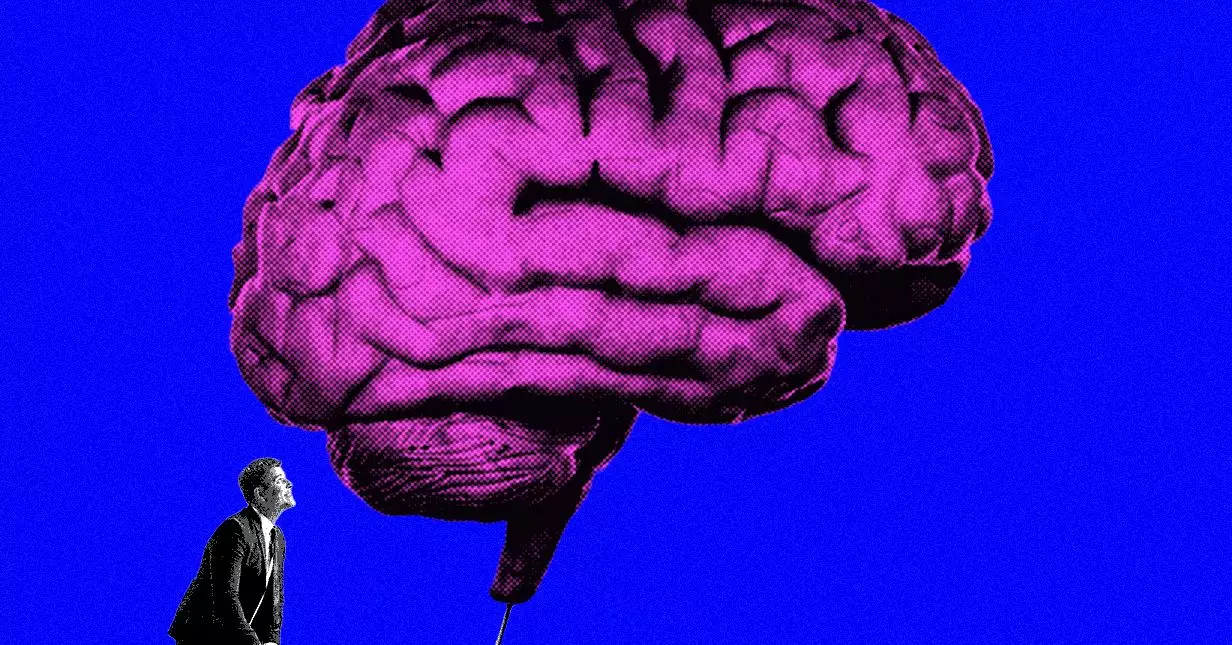In the fast-evolving landscape of artificial intelligence, Databricks stands out as a pioneering entity spearheading the development of advanced AI methodologies. The company is at the forefront in enabling organizations to harness the potential of AI by simplifying the process of building custom models. Jonathan Frankle, Databricks’ chief AI scientist, has shed light on one of the most significant hurdles that enterprises face: the prevalence of dirty data. This challenge stifles the capability of AI models, preventing organizations from fully leveraging their own data assets to enhance efficiency and productivity.
The Dirty Data Dilemma
While companies possess a wealth of data, the quality of this information is often less than satisfactory. Frankle pinpointed the issue: clean, labeled data is a rarity. This lack of quality data presents a substantial barrier when organizations aim to fine-tune AI models for specific tasks. Frankle aptly observes that most businesses do not possess neatly packaged data sets ready to be fed into algorithms. This observation resonates with many in the industry who are frustrated by the arduous nature of curating data.
Companies typically find themselves in a cycle of aiming for innovation but falling short due to the foundational issues surrounding data quality. Databricks is stepping up to change the narrative by introducing innovative strategies aimed at overcoming these difficulties. Their recent breakthrough focuses on developing AI models that can enhance task performance regardless of the quality of the input data.
Innovative Approaches: Best-of-N and Beyond
Databricks’ latest approach features a method that utilizes reinforcement learning and synthetic data to improve AI performance significantly. This is not just a small leap; it represents a paradigm shift in how engineers can utilize large language models (LLMs) under challenging data conditions. By building what they term a “best-of-N” performance boost, Databricks has created a novel way for their models to learn from both human input and the inherent capabilities of AI-generated training data.
The concept of “best-of-N” revolves around training a model to predict which outputs would be favored by human evaluators, effectively teaching the AI to refine its results based on preferences. This methodology culminates in the formation of the Databricks reward model (DBRM), serving as a vital tool for enhancing the performance of AI systems without necessitating additional clean data. This strategic innovation is essential in pushing the boundaries of what AI can achieve in real-world applications.
Introducing Test-time Adaptive Optimization (TAO)
At the heart of Databricks’ recent advancements is their Test-time Adaptive Optimization (TAO) technique. What makes this approach particularly exciting is its reliance on lightweight reinforcement learning to incorporate the benefits of the best-of-N model directly into the AI training process. In essence, TAO liberates companies from the shackles of meticulous data preparation, enabling them to deploy AI-driven solutions faster and more efficiently even when faced with subpar datasets.
Frankle’s insights into the scaling impact of the TAO method highlight a broader trend in the AI realm: as models grow in size and complexity, the advantages conferred by techniques like TAO become increasingly pronounced. This scalability aspect warrants attention, as organizations are continually in pursuit of more sophisticated AI systems that can adapt to their unique requirements effortlessly.
A Culture of Openness and Innovation
Another noteworthy aspect of Databricks is its culture of transparency in AI development. The organization aims to reassure its clientele of its technical prowess and commitment to delivering top-tier custom AI models. By sharing insights into their methodologies, such as the development of their cutting-edge LLM, DBX, Databricks invites organizations to reimagine their possibilities in artificial intelligence.
In a landscape often dominated by proprietary technologies shrouded in secrecy, Databricks’ openness acts as a refreshing change. It signifies a shift toward more collaborative and inclusive practices in AI development, encouraging industry players to learn from one another while enhancing their own frameworks. This approach not only instills confidence in customers but also nurtures an ecosystem of continual learning and improvement.
Databricks’ breakthroughs in AI model training signify a pivotal shift in how organizations can leverage artificial intelligence, particularly in navigating the challenges posed by dirty data. Through innovative methodologies like TAO and a commitment to transparency, Databricks is poised to redefine the standards for effective AI implementation across industries.

